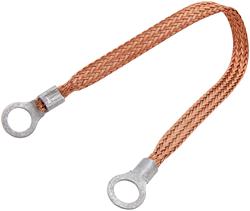Since the engine runs good sometimes, it isn't a problem with your engine. Even with very worn rings, engines can still idle and run fine, they just pour out blue smoke under acceleration. Two things you need for testing are "starter fluid" (spray can, ether-based, even discount stores carry it) and an in-line spark tester ($4 on sale at Harbor Freight). That will help you resolve whether a fuel or spark problem. A multimeter (free w/ coupon at HF) would also be nice useful, to insure you have power to the coil+ terminal. The jiggling with the shifter the helper did was to overcome a "neutral safety switch" not letting the starter crank, which doesn't sound like your problem. If there was any effect he did in the cabin, it might have been from also jiggling a bad key switch or the harness to the bulkhead.
Long ago, I helped a girl with a ~1990 Jetta (pretty new then) that wouldn't start. One mechanic at the picnic swore it must be a broken timing belt. I sprayed starter fluid (always carry it) in the intake and it started instantly and idled fine as long as I kept giving a quick shot every 2 sec. The girl wondered why she couldn't drive home like that (w/ me under the hood?). Her electric fuel pump had failed. Another time, my 65 Newport died. Rather than run down the battery and strand us, I installed the spark tester (always carry one) inline w/ #1 spark plug. I saw no spark when cranking, so swapped in the spare Crane Cams XR700 box I always carry and it fired right up. I even drove home w/ the spark tester in-line since no need risking a no-start and upsetting the wife even more ("told you not to drive that old car to church"). Not that her favored 2002 T&C hasn't randomly died many times until I fixed it (something in the harness, not sure exactly how I fixed it).

















